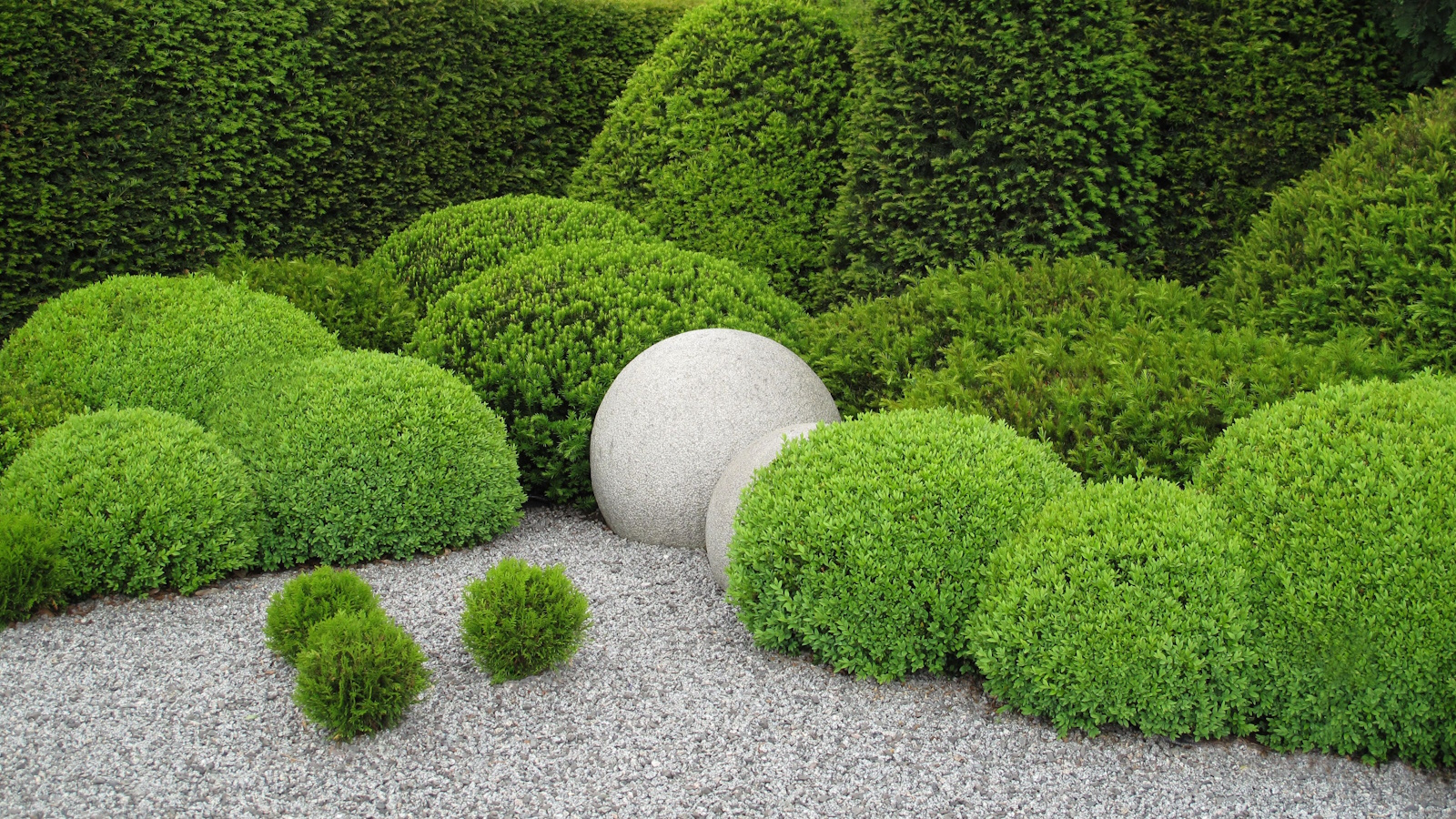
Since 2018, a plane has flown over parts of Switzerland releasing silver iodide in clouds responsible for hail storms. This week, the project was abandoned, reported SRF. The pilots of the Cessna aircraft, which was operated by Baloise Insurance, worked closely with the weather service.
Radar was used to locate clouds expected to cause hail storms, and these clouds were seeded with silver iodide particles in the hope the seeding would reduce the size of the hailstones. For six years, the hail plane took to the air 30 to 40 times a year and seeded clouds along the Jura as far as Lake Constance, around Montreux, and between Thun and Lake Zurich. Baloise Insurance worked in collaboration with ETH Zurich on the project.

The aim was to reduce property and crop damage from hailstones. Unfortunately, it wasn’t possible to clearly prove the cloud seeding had enough impact to warrant the cost. The benefits of cloud seeding can be seen in laboratory experiments.
However, the challenge in the field is not knowing what level of hail damage would have occurred without cloud seeding. No two hail clouds are the same so it isn’t possible to create a controlled comparison. Without knowing how much damage has been prevented it is difficult to build a business case that justifies the cost.
Baloise did not disclose how much they spent on the project. Cloud seeding is an ongoing experiment. The most commonly used agents are dry ice (CO2) and silver iodide.
The process involves introducing particles into clouds to promote the formation of water droplets or ice particles. The most common aim of the practice is to counter drought. Snow making equipment uses a similar principle.
A short video by Britannica explains the practice..














